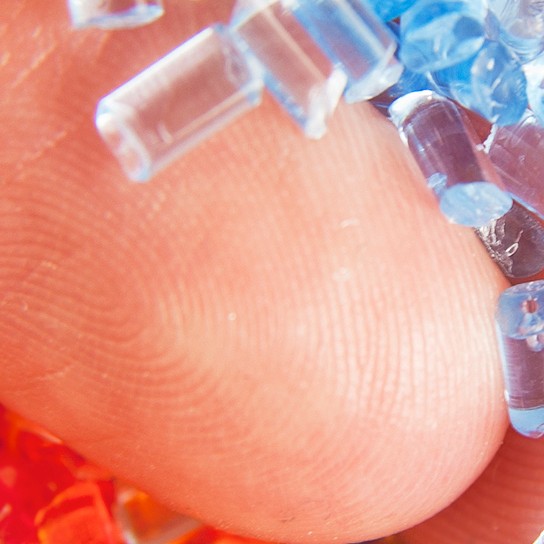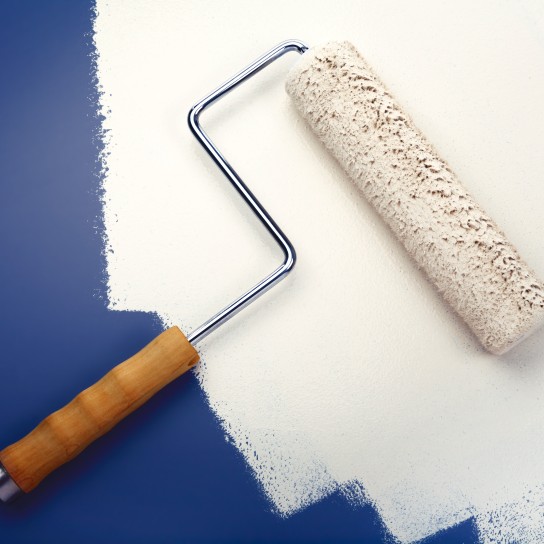One of the primary questions regarding vinyl acetate is its safety in the workplace. Vinyl acetate does pose some hazards and is considered slightly toxic, though the risk posed to human health is largely undefined. At present, the risks posed to human health are defined as follows:
Short-Term Exposure Risks
Short-term exposure to vinyl acetate in the air has been shown to cause irritation of the eyes, nose, and throat. These effects scale in severity with the relative presence of vinyl acetate in the air. Additionally, direct contact of vinyl acetate with the skin or eyes can result in blistering and irritation.
Long-Term Exposure Risks
Chronic occupational exposure to vinyl acetate has been shown to increase instances of upper respiratory tract irritation .
At present, the federal government has imposed standards and guidelines to protect people from the potential negative health effects of vinyl acetate. Spills of over 5,000 pounds of vinyl acetate into the environment are required to be reported to the National Response Center, and OSHA has set a limit of how much vinyl acetate can be present in the air over an eight-hour shift or 40-hour work week.




